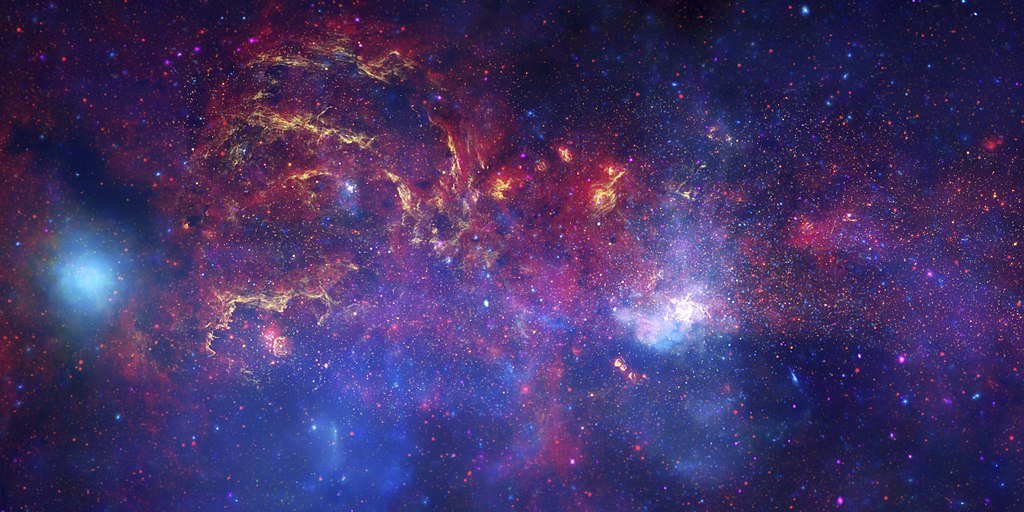
How to choose our next planet?
Humans need to fan out beyond the earth to ensure that a cataclysmic event doesn’t wipe us out like the dinosaurs. Here are eight things to look for in our next home.
The earth is warming, North Korea is brandishing new missiles, and somewhere far, far away a big asteroid is getting into position to head us.
The human race’s days are numbered unless we find another planet or two to settle on. Elon Musk and his fans have their sights on Mars which is a step away from earth but while it might be good for interstellar camping practice, it has little to recommend itself as a permanent address. It’s dry and barren, and its air is far worse than Delhi’s. Venus is pizza-oven hot with an atmosphere of carbon dioxide and sulfuric acid clouds as wholesome as a whip of toilet cleaner. While It didn’t tick any of the boxes for a Planet B candidate until recently the discovery of phosphine in its atmosphere could mean there are microbes in the upper and cooler reaches of Venus’s atmosphere. Or, maybe not.
If we had a choice and a fleet of Starship enterprise clones moving at Warp 5 (200 times the speed of light), where would we go, what planets would we colonize?
- Where No Person Has Gone Before
After living on Earth, a move to Mars or Venus would be a comedown. Neither is livable and settlers would be confined to capsules. So, our future home is an “exoplanet” outside the solar system. NASA says more than 4000 exoplanets have been discovered. Only some would be livable and fewer still would be “super habitable”, or better than Earth. When we sit down to browse the Sky for the next planet, what should we look for? - Smaller and Dimmer Star
Our son is a ‘G star’. Not the biggest or brightest, but it’s already halfway through its life. Another type of star called ‘K dwarf’ is smaller, cooler and less bright but last 2-7 times longer than the sun. Planets around it are also likely to have water. A ‘K dwarf’ planet could give us many billions of years of maintenance-free living. The good news is that ‘K dwarf’ stars are twice as common as ‘G stars’. - Older Planet
We don’t want to land on a shiny new planet where quakes and volcanoes are an hourly bother. Planets, like puppies, get sober with age. Our Earth is 4.5 billion years old and still a bit frisky. A planet in the 5-8 billion years age group would be perfect as it would have released more of its internal heat and cooled down. - Bigger Too
Since this is an upgrade, a bigger and heavier planet would be better so that everyone can have a front lawn and back lawn and a private nature trail. A heavier planet will hold onto its atmosphere better than the earth. But we don’t want it to be too heavy because the extra gravity would make moving tiring. - Dry or No Dry Ground
A planet could be bigger than earth and not have any dry ground at all if it hasn’t had some shaking and stirring inside. Plate tectonics created Earth’s mountains and every square inch of real estate “above sea level.” So, we’ll need to ensure that our destination is not a big water world. - Good Air
It would be nice to have some more oxygen in the air. The earth’s atmosphere is 21% oxygen but a 25-30% concentration would be better. It would improve your running time. We would also want plenty of moisture and clouds so that the trees grow fast and the plants in the backyard look more photographable with dew on winter mornings. - Large Moon, Not too Far
Large, to inspire poets, and mirror for weekend getaways. But seriously, the moon is more than an ornament and the earth’s night sky. Without it, the earth would spin faster, the day would be short of a 10-hour workday you would have no time for yourself. The moon also keeps the earth’s tilt stable, so the season remains stable, and summer does not follow summer. - And Warmer
We think the earth is hot enough, but scientists say a 5 Degrees Celsius warmer planet would be better for the growth of the tropical forests. Mind you, they are talking about the planet’s average temperature, not turning Delhi into a 50 degrees Celsius hothouse. The earth’s current average temperature is about 15 degrees Celsius, and the future planet would ideally be about 20 degrees Celsius. - Magnetic Field
Useful for finding our way around with a compass, but more importantly, blocking harmful radiations from a new star. Without the earth’s magnetosphere, charged particles flying at us from the sun would have wiped out life. Such “solar winds” can be 5-25 times more intense around a K dwarf star, so the magnetic shield will be essential.
2 DOZEN CANDIDATES
Researchers have so far identified 24 exoplanets that could be super habitable, but all of these are at least 100 light-years away. It would take us 100 years to reach the nearest of them traveling at the speed of light. However, we do not travel at the speed of light. Yet. Also, none of these candidates tick all the boxes. Only one exoplanet —KOI 5715.01 meets three criteria. The search continues…
0 (Please login to give a Curious Clap to your friend.)
SignUp to Participate Now! Win Certifiates and Prizes.

Login/Signup